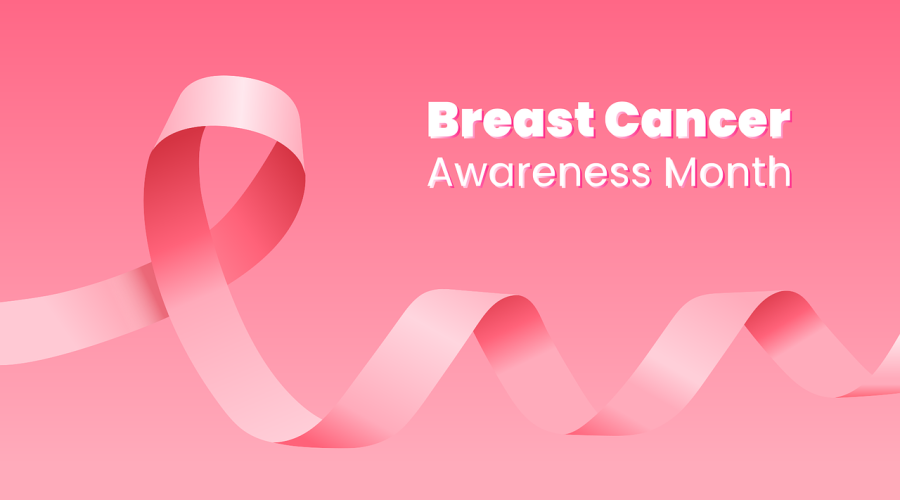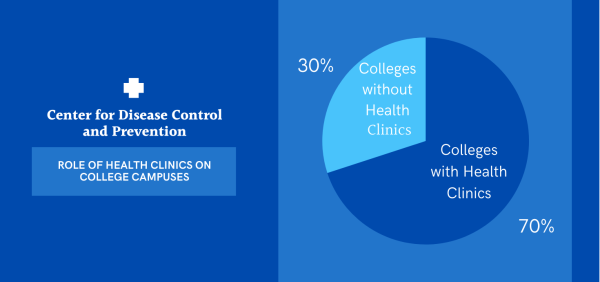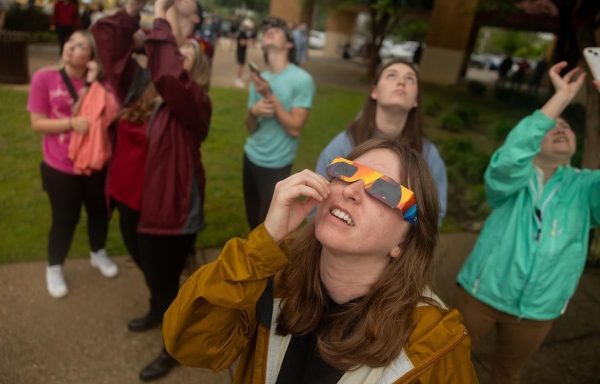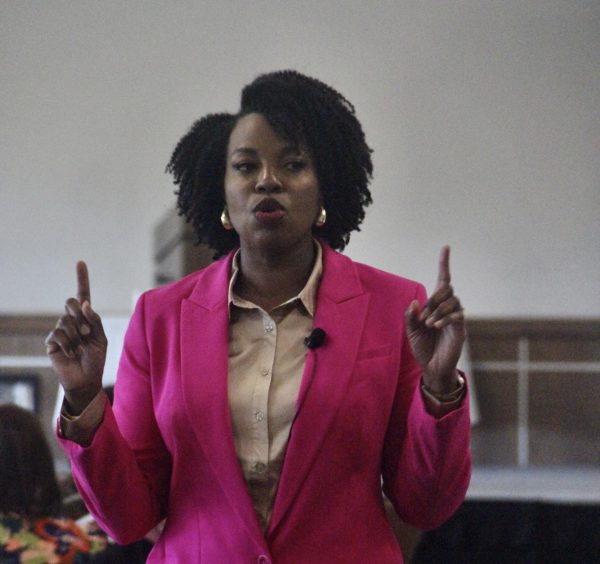Breast Cancer Awareness recognized in October
October 17, 2022
October brings many things—cooler weather, Halloween decor and midterms—but most importantly, the commencement of Breast Cancer Awareness Month. Lasting the entire month, oncology turns its attention to one of the most prevalent cancers in America and the most common cancer diagnosis as of 2022.
Followed only by prostate, lung and colorectal cancers, 290,560 new cases of breast cancer were diagnosed just this year. While it is primarily considered a female-oriented disease, it is estimated that about 2,710 of those diagnoses are for men. It is important for all genders and all ages to monitor for breast cancer, not just middle-aged women.
Breast cancer affects people everywhere. According to the Louisiana Cancer Center, one in eight women in Louisiana will be diagnosed with breast cancer at some point in their lifetimes. At this rate, it is the second most diagnosed form of cancer in Louisiana and the fourth most deadly cancer in the state.
The goal of raising Breast Cancer awareness is to provide the knowledge of what to check for when doing a monthly at-home assessment. While it is encouraged for women to get mammograms every two years—moving up to once a year after age 50—routine self-checks can catch early warning signs of breast cancer.
Some changes in breast health can look like a lump, thickening or swelling in one breast. It can be accompanied by redness, dimpling or a pulling sensation. Once finding a concern, it is important to schedule a doctor’s appointment as soon as possible.
“Catching cancers when they are smaller makes a difference,” Harold Burstein of the Dana Farber Cancer Institute said. “Diagnosis of breast cancer at an early tumor stage remains vital.”
As oncology and cancer research studies progress, efforts to minimize treatment time increase. Early detection is one of the easiest ways to reduce time spent taking chemotherapy and substantially improve a diagnosed patient’s chance of long-term survival or post-treatment recovery.
Early detection is even more important for college-aged students. Breast cancer has shown itself to be more aggressive in younger patients and has a lower survival rate. While breast cancer is diagnosed at a lower rate in younger people, about 70,000 people are diagnosed with cancer between the ages of 15 and 39, according to the Adolescent and Young Adult Oncology Progress review group. Among those numbers, 12% of all diagnoses are breast cancer.
Along with encouraging people to self-check, Breast Cancer Awareness Month draws attention to the widespread severity of the disease and promotes federal funding for research programs that focus on prevention and finding a cure.
The staple pink ribbon has become a widely recognized symbol for survivors and supporters alike. The origins of the pink color are simple—breast cancer survivor Charlotte Hayley handmade peach ribbons to raise money for other patients. “Self” magazine loved the idea but had to change the color to avoid paying Hayley for rights. Thus pink, the color representing comfort and healing, was used rather than the original peach and has since become a national symbol, according to Cure Today.
Khevin Barnes, writer for “Breast Cancer Speaks,” surmises the goal of the month. “The movement is bigger than October,” Barnes said. “And it isn’t just about finding a cure or raising money. It’s about guaranteed treatment for everyone—women and men, rich or poor.”
For patients with breast cancer, nothing is more important than getting well and seeing their life return to normal, cancer-free.











